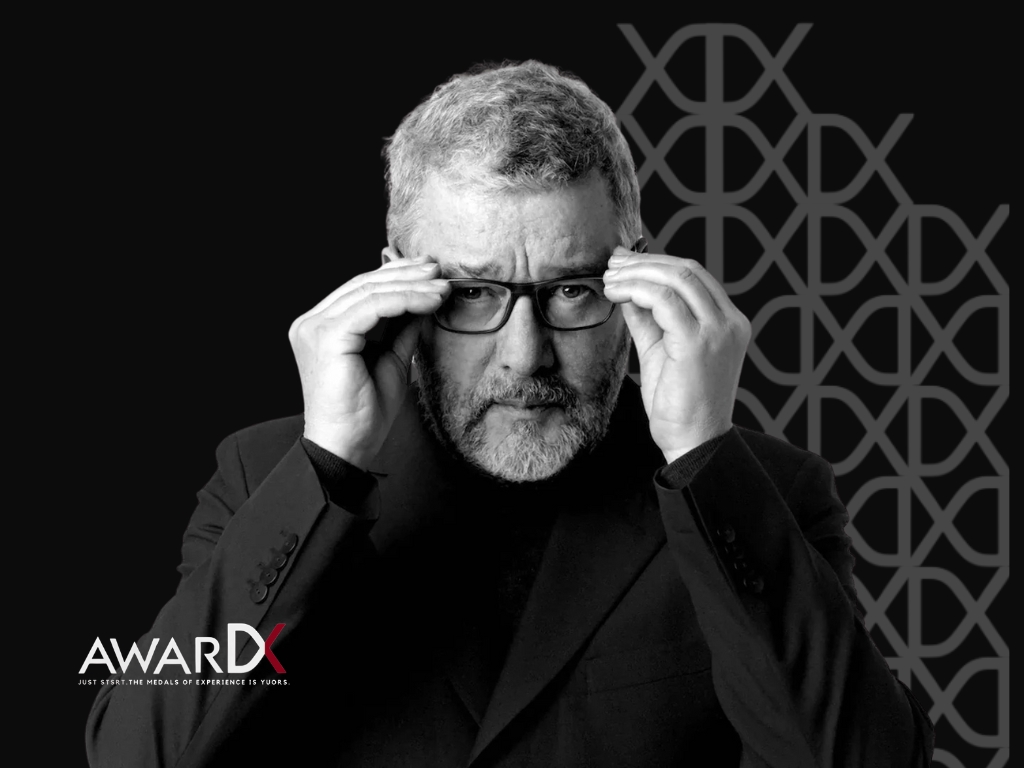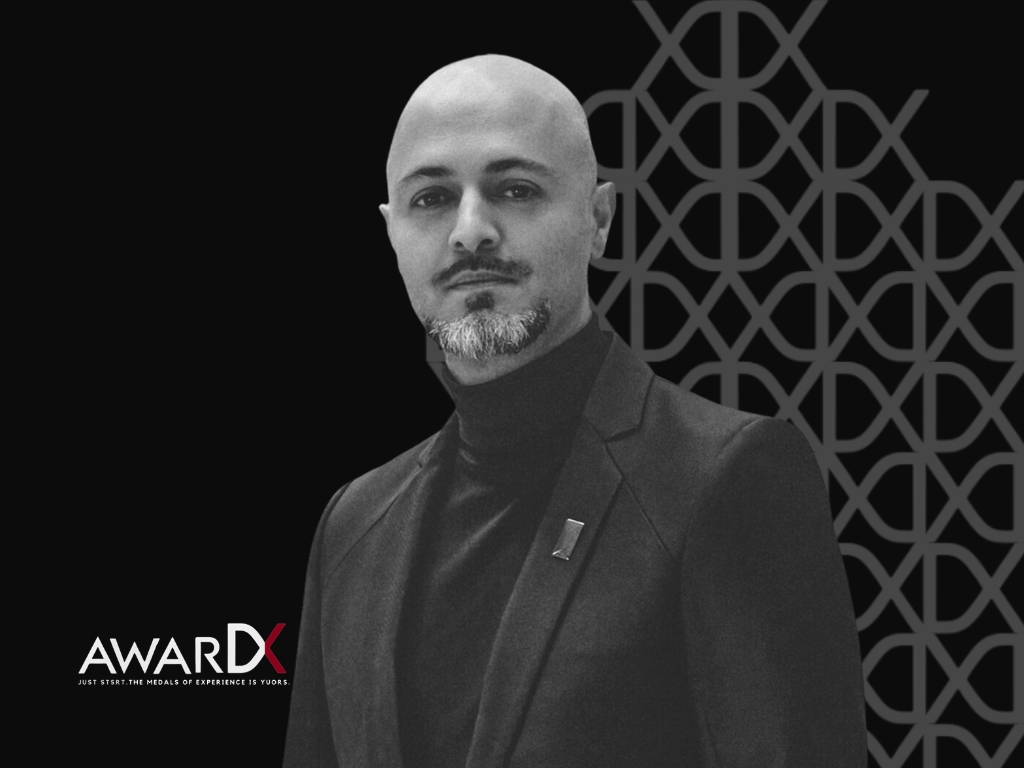Philippe Starck is one of the most influential designers of the late 20th and early 21st centuries — a restless polymath whose work spans household objects, furniture, hospitality, consumer electronics, and large-scale interiors. With a career built on surprising formal twists, social intent and mass-market reach, Starck transformed the idea of “good design” from elite ornament into an everyday expectation.
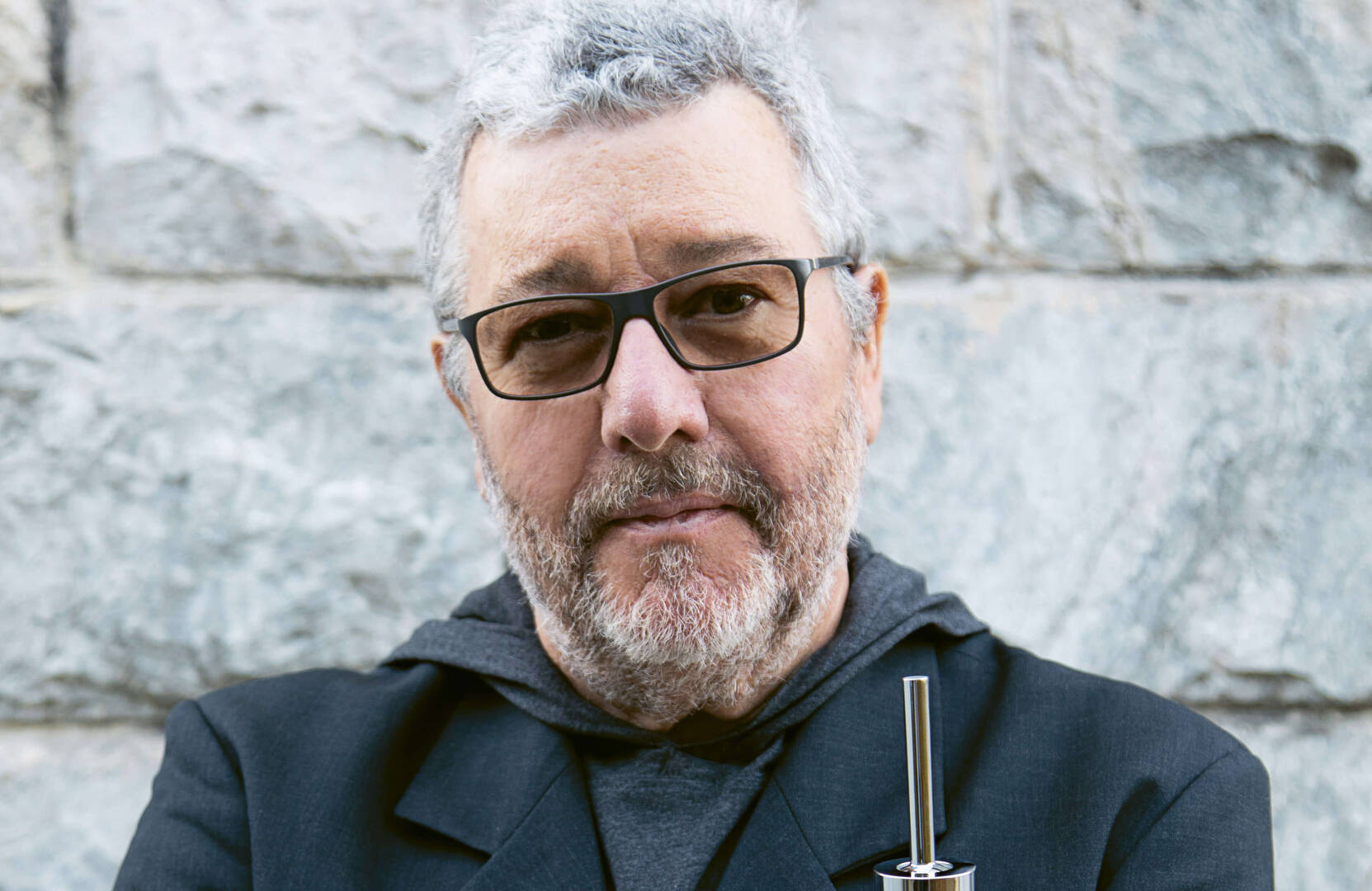
Early life and the making of a designer
Born in Paris on 18 January 1949, Starck grew up in a family shaped by engineering (his father was an aeronautics engineer), which fused early technical curiosity with aesthetic play. He studied at the École Nissim de Camondo in Paris and quickly moved from furniture and objects to interiors and industrial collaborations. This foundation—equal parts craft, engineering and cultural literacy—explains the range and longevity of his work.
The breakout objects: wit, provocation and iconic form
Two objects stand out as concise statements of Starck’s approach:

Juicy Salif (Alessi, 1990) — a lemon squeezer that reads like sculpture. It is intentionally provocative: people have debated its practicality for decades, yet its sculptural boldness made it an instant icon and one of Alessi’s best-known products. The Juicy Salif is a masterclass in turning a mundane object into a cultural conversation piece.
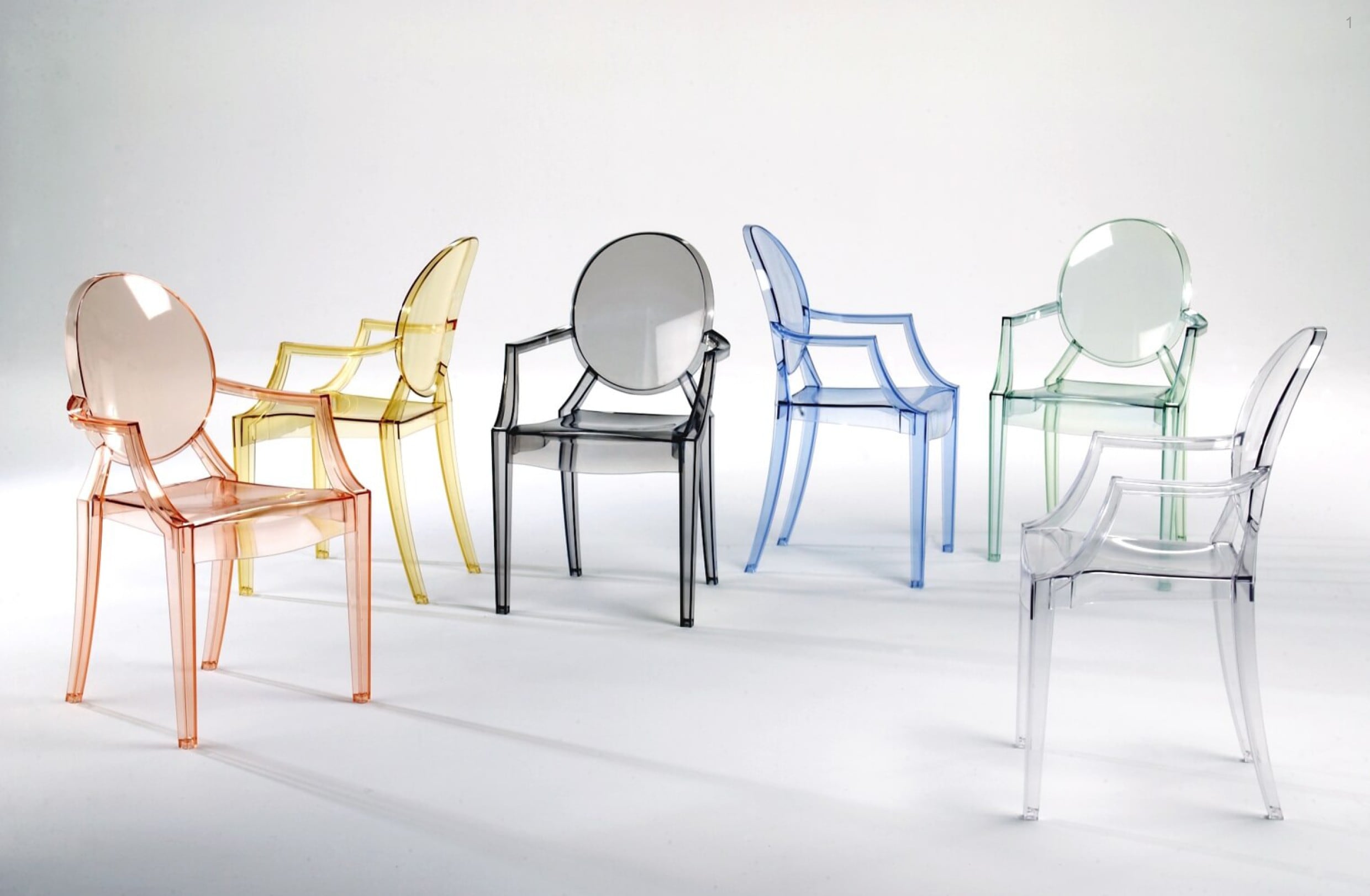
Louis / Ghost Chair (Kartell, 2000–2002) — Starck’s transparent polycarbonate chairs (the Ghost series) reimagined classical silhouettes through modern materials, achieving both mass manufacturability and emotional clarity. The Ghost Chair captures Starck’s idea of “dematerialization”: iconic form made light, accessible and reproducible.
These two projects illustrate Starck’s twin strengths: conceptual provocation (Juicy Salif) and industrial mastery with mass appeal (Ghost Chair).

Furniture, product and mass-market design: democratizing aesthetics
Starck deliberately blurred the line between high design and mass consumption. He partnered with manufacturers across Europe—Alessi, Kartell, Vitra and others—to design objects that could be widely produced while retaining a signature intellectual punch. The result was a large catalogue of objects—kettles, lamps, chairs and household gadgets—that introduced contemporary aesthetics into everyday homes. His collaborations brought design into mainstream retail and museum collections alike.
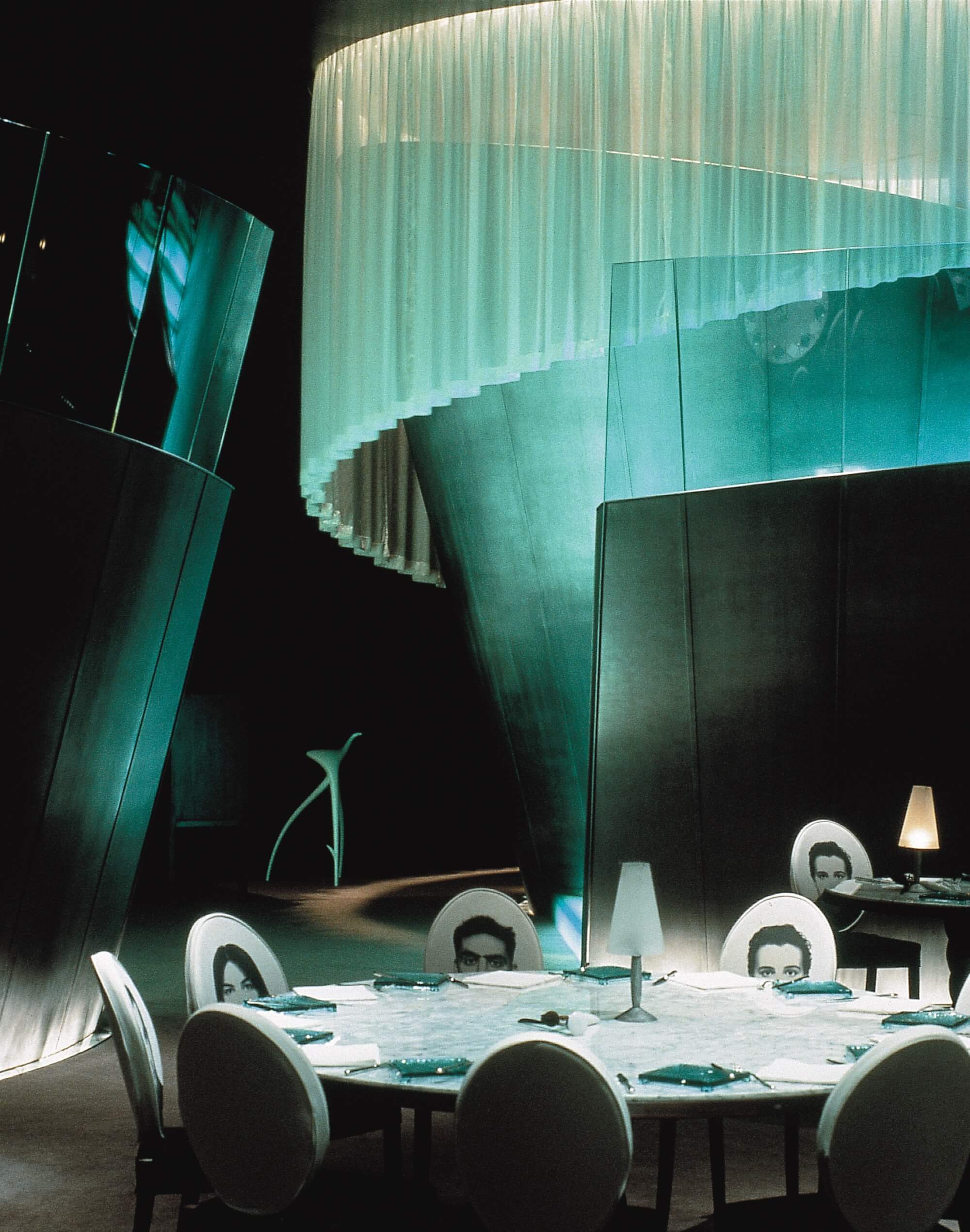
Interiors and hospitality: designing experiences at scale
Beyond objects, Starck redefined hospitality interiors. From the Royalton and Paramount hotels in New York to Mama Shelter and other hotel concepts around the world, he demonstrated how design can be leveraged to create memorable guest experiences that also serve clear business models. Starck’s hotel projects combine theatricality with operational sensibility—spaces that drive brand identity and customer loyalty.
Technology, innovation and non-conventional briefs
Starck never limited himself to chairs and lamps. His portfolio includes electronics (collaborations on smartphones), rescue devices (GPS wristbands), space interiors, and even ergonomic eyewear ventures. This breadth shows a designer comfortable with cross-disciplinary briefs—engineering, biomechanics and digital systems—while always seeking human-centered outcomes.
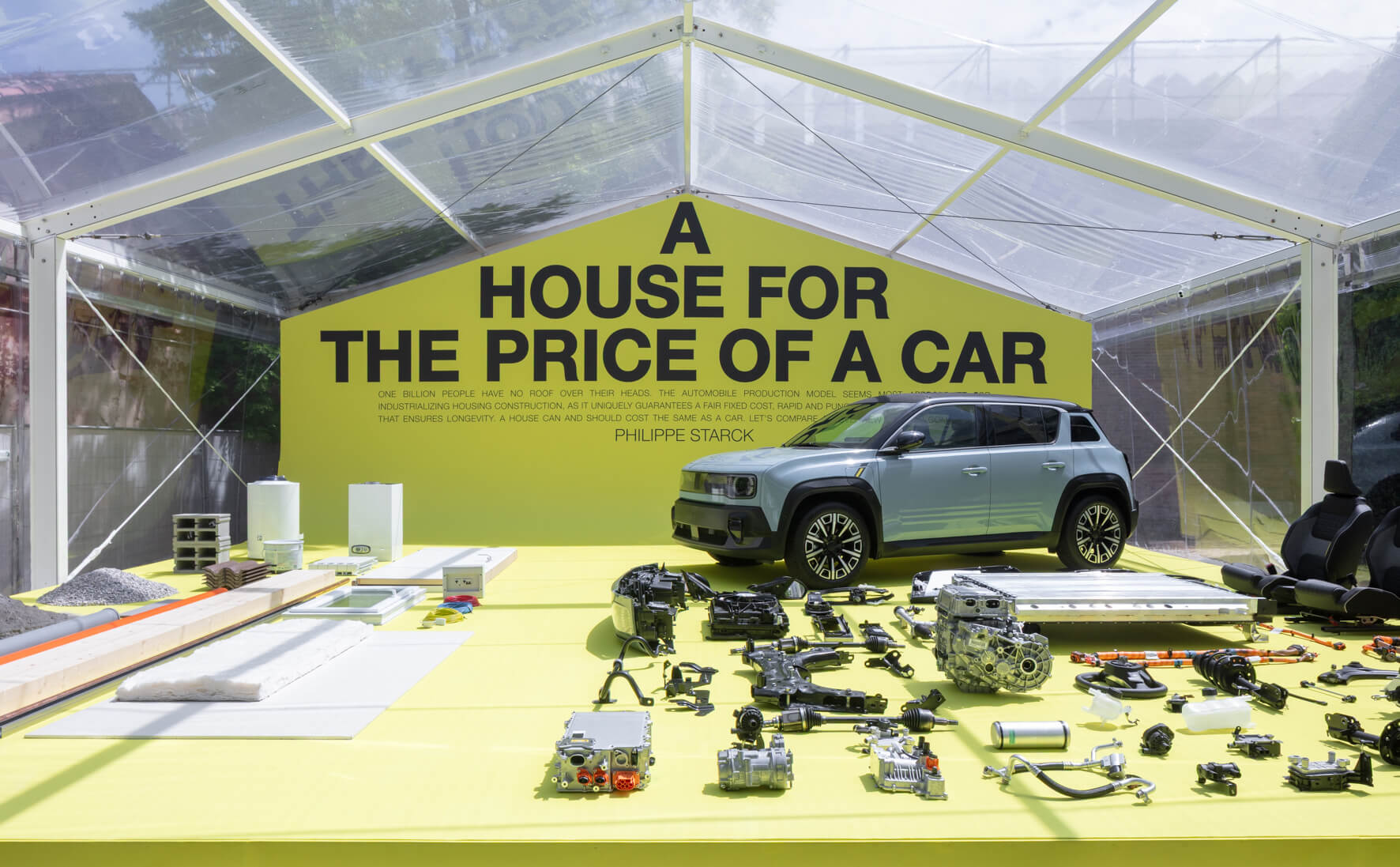
Design philosophy: “design for life”
At the heart of Starck’s work is a clear ethical and poetic stance: design should improve everyday life. He frames design as a social mission—objects that are useful, affordable, meaningful and emotionally resonant. He also pushed sustainability into the conversation later in his career, experimenting with eco-materials and projects that respond to broader climate and societal concerns. This philosophical backbone explains why his work has cultural as well as commercial impact.
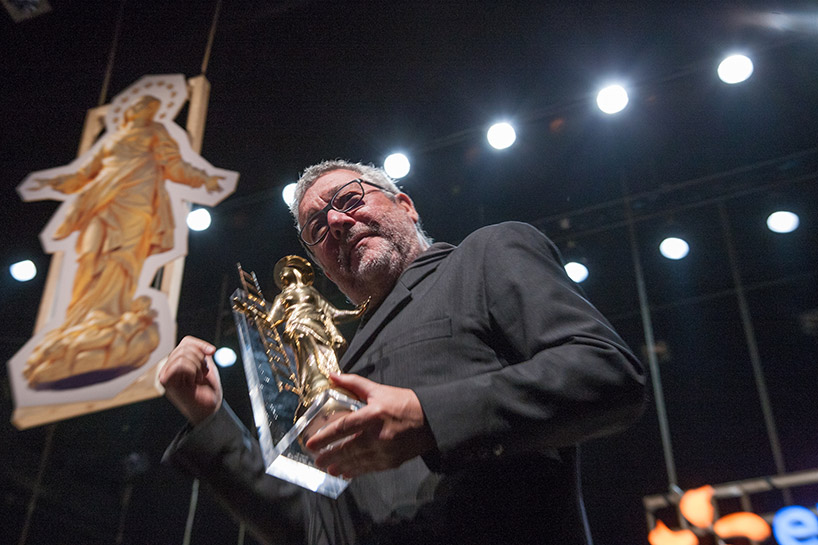
Awards, recognition and institutional presence
Starck’s career has been recognized by major awards and institutional collections. He has received distinctions such as the Compasso d’Oro, Red Dot, iF Design Award and others; his works appear in major museum collections and exhibitions worldwide. These honors reflect both design excellence and cultural influence. (For context on Compasso d’Oro’s prestige as a design institution, see ADI’s Compasso d’Oro history.)
Controversies and critical reception
A complete picture of Starck includes criticism: some of his designs (the Hot Bertaa kettle, for example) provoked debates about form vs. function. Starck has welcomed such debates—his objects are often intended to challenge assumptions, provoke conversation, and push the discipline forward. Critics and admirers alike agree that whether loved or criticized, his work forces reflection about the role of design in daily life.
Legacy: influence on design, industry and culture
Starck’s most durable achievement is cultural: he helped shift expectations so that good design became a desirable, accessible commodity. By marrying conceptual daring with commercially viable manufacturing, he created a business model other designers and brands emulate—design that sells in volume while retaining an identity. The proliferation of designer collaborations with mass brands today owes much to this model.
How CEOs and brands can learn from Starck
- Design as strategy: Invest in product identity early—it becomes a brand differentiator.
- Risk + conversation = attention: Not every product must be purely functional; some should start conversations and build brand equity.
- Scale with quality: Aim for manufacturability without losing the core idea—this is how design drives margins at scale.
- Cross-discipline teams: Pair designers with engineers and business strategists to ensure vision and feasibility.
Starck’s career is a masterclass in aligning creative disruption with sustainable commercial models.
Recommended reading & resources
- Philippe Starck official site — portfolio and essays. STARCK Site web officiel
- Encyclopedic profile and career overview (Wikipedia). Wikipedia
- Juicy Salif product page (Alessi) — history and editions. Alessi Spa (EU)Alessi USA Inc
- Designer awards and career highlights (Fiam / design press). Fiam Italia

